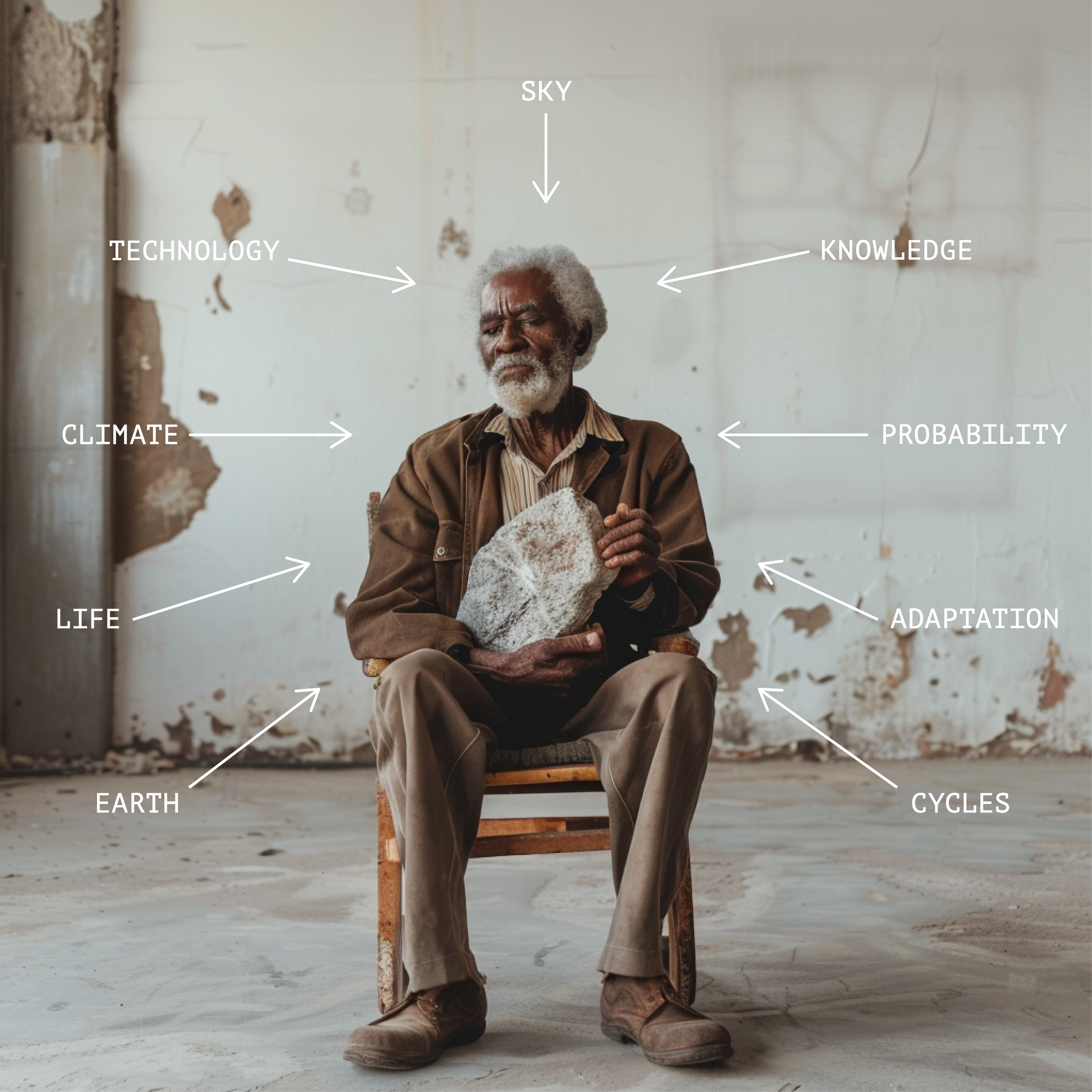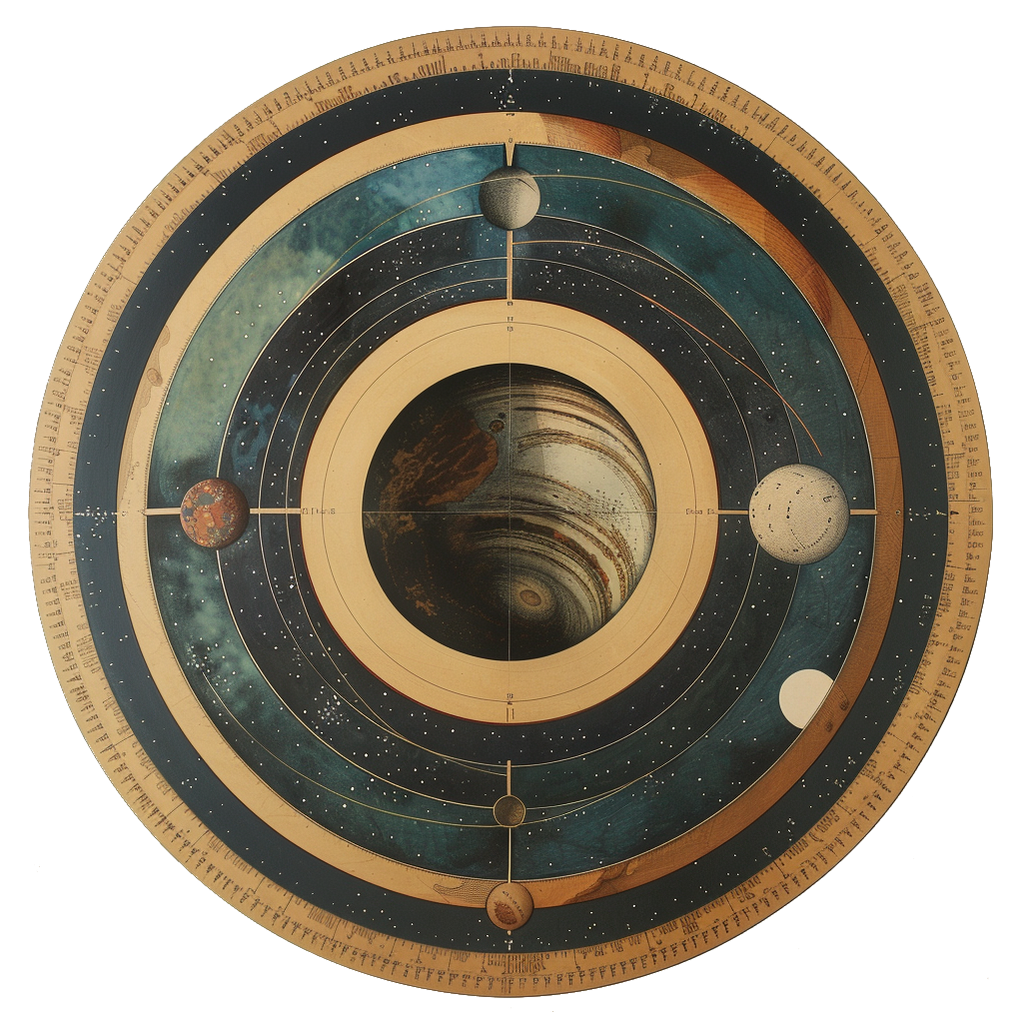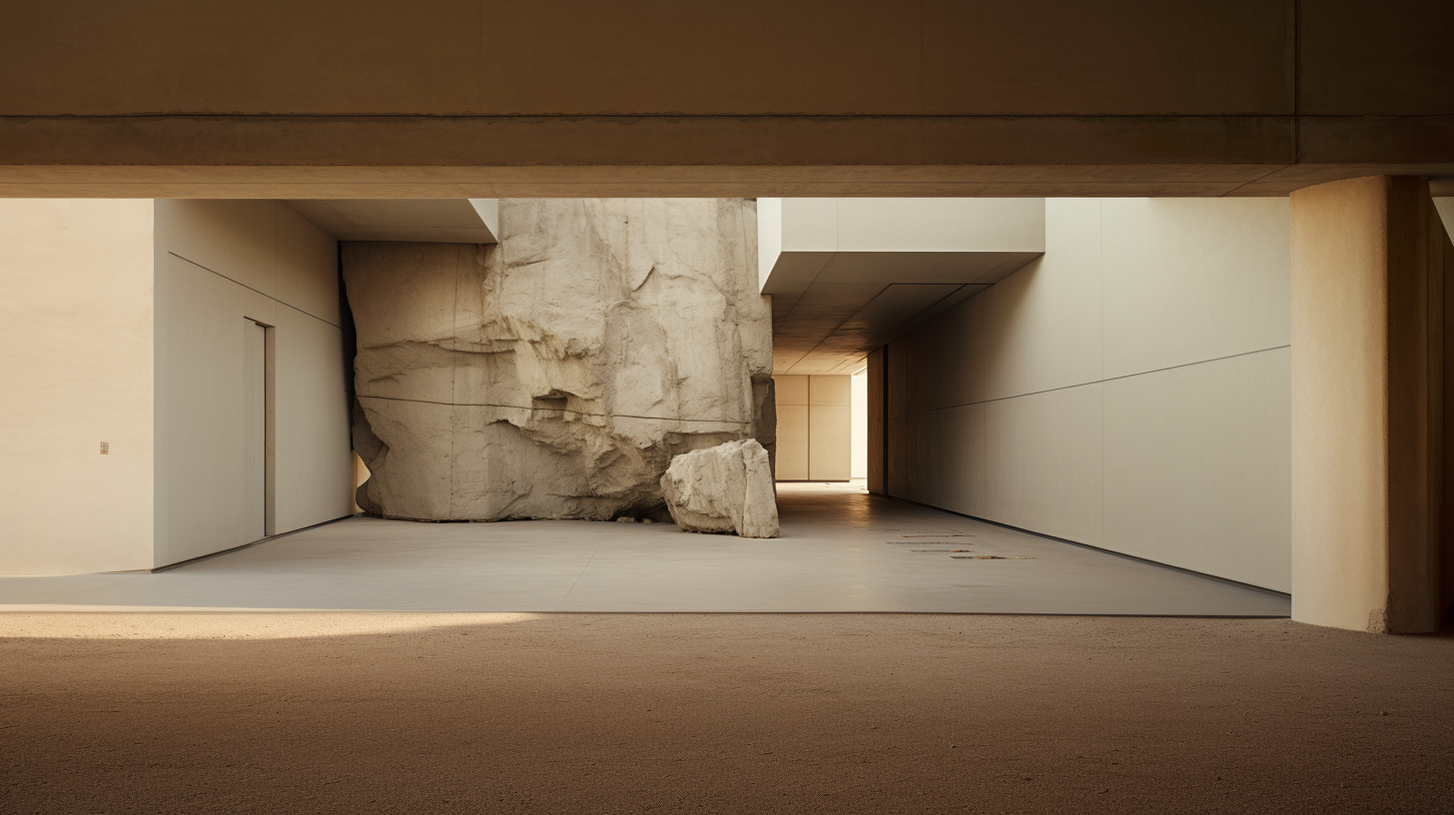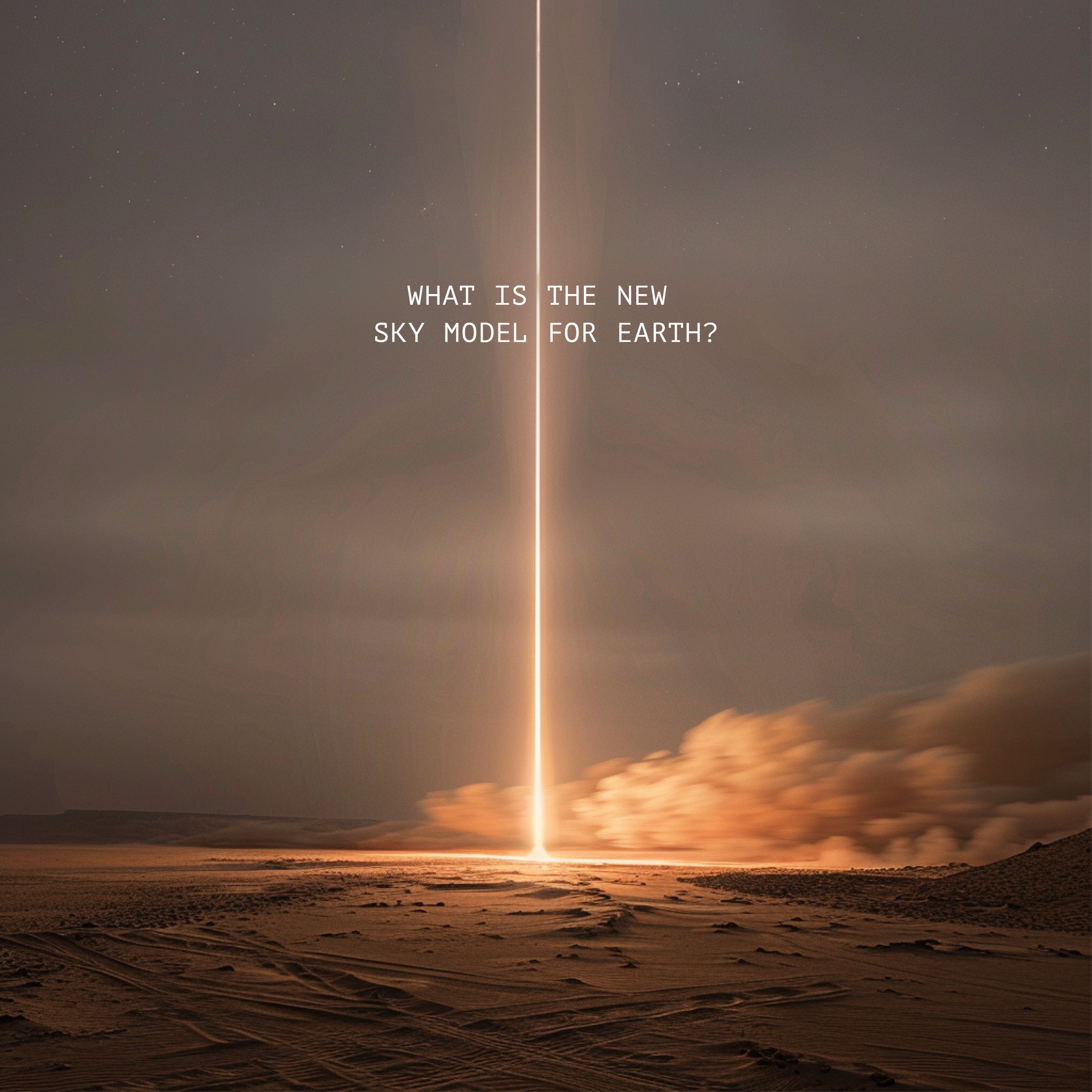
Forecast Foundation
Format → arts foundation
Forecast Foundation is a 501(c)3 nonprofit established to nurture a murmuration of artist-aviators and their ongoing works which consider the unique gift of being alive on a planet with an atmosphere.
Forecast is now raising $3M USD to purchase 200 acres of land in California's Mojave Desert in order to build a contemporary archaeoastronomical model; one embracing all scientific and technological advances over the last 2,000 years. The property includes a central residence, production studios, and a private runway.
Currently, Forecast provides many resources-production equipment and materials, physical space and locations, stipends, and food-and general support-career development advising, workshops, exhibitions, residencies, and publishing and distributing work publicly-for artists and releases published work for the creation and advancement of culture.
